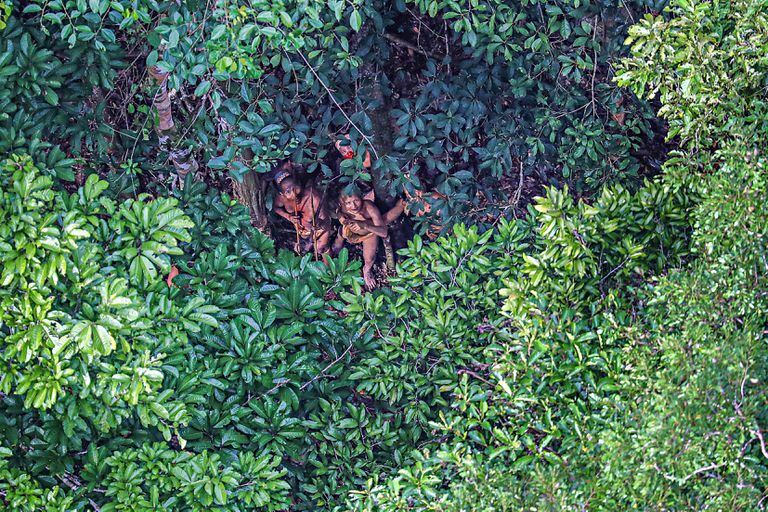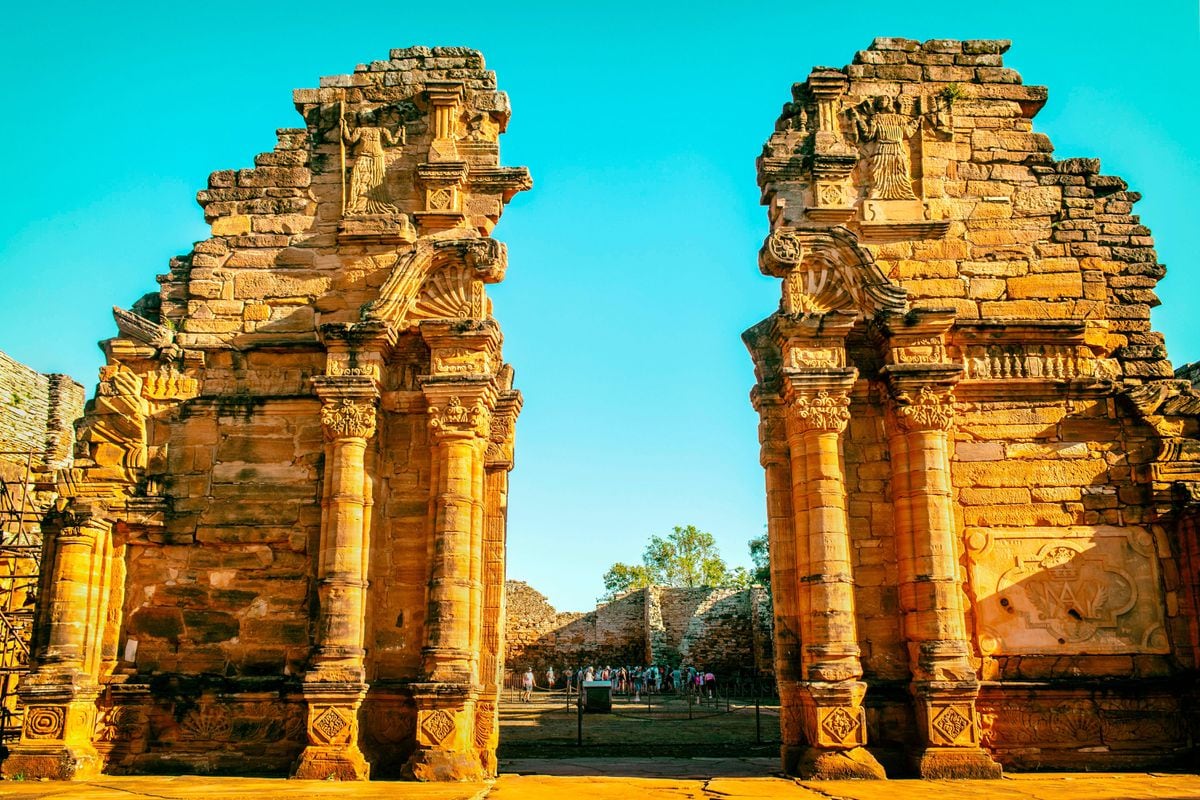The rest of the world knows so little about them that it has not even given them a proper name, scholars call them the uncontacted Indians who live high on the course of the Humaitá River. They inhabit one of the most remote places on the planet and until now this group of indigenous Brazilians have preferred to be alone, without contact with other peoples or whites. But a couple of weeks ago one of them arrived in the Terra Nova village, in the Amazon. The most extraordinary thing happened the next day.
The visitor not only approached the villagers but even spent the night at the home of one of them. We know this because the hosts are also indigenous, but they do have contact with foreigners; They are from another group, they speak a different language. The local chief, Cazuza Kulina, related the visit to a journalist from G1, a Globo website . "We gave him clothes, blankets, utensils, cassava, banana ... he slept at my son-in-law's house," explained this indigenous person of the Kulina Madiha ethnic group. When they got up, the visitor was gone. "He took everything and left, we didn't even see him go."
The next day, some fishermen from the village were shocked when they came across more than a dozen “brabos”, as the indigenous people call these neighbors who until now preferred to live without contact with strangers. They were going in search of the one who came in advance. "They were women, children, adult men ... Then they went down the river to their village," said the cacique. More objects were taken, including bottles and pieces of glass to cut their hair. "They live isolated about four hours from here, they are good people, they don't mess with us." They were all unarmed, naked.
The visitors belong to a group that has been known since 2008, when they were discovered during a flight over this area of Acre on the border with Peru. They attacked the aircraft with arrows. Four years ago, photographer Ricardo Stuckert was flying over that area of the Brazilian state of Acre, on the border with Peru, when he unexpectedly caught sight of some of them and managed to photograph them from the helicopter.
Venturing out into contact with others always carries a huge risk for the few indigenous people who still live as their ancestors did when the Portuguese conquered Brazil five centuries ago. That is why the unusual visit occurred in the middle of the coronavirus pandemic, which is hitting the Amazon hard, and that one of the villagers had symptoms of a cold has set off the alarms of specialists and activists. If infected, the entire group would run the risk of being decimated.
Brazil has 115 isolated peoples counted by law whose right to live without contact with others is recognized by law. During the last decades, the authorities have only managed to confirm the existence of some thirty of these communities; the rest only have news. In recent years they have collected information about them without forcing contact. But that could change as the current government dismantles the institutions that protect indigenous people or the environment. The contempt of President Jair Bolsonaro for the indigenous issue is such that he has placed a policeman at the head of Funai, the foundation created to protect them, and a pastor known for evangelizing indigenous people in the most remote Brazil, at the head of the department of the groups isolated.
Indigenist Carlos Travassos, who was the coordinator of uncontacted and recently contacted indigenous people for Funai, explains in a telephone interview the relevance of the recent interaction between visitors and hosts in the village of Acre: “These peoples have a neighborly relationship, they they see in the jungle, or (the isolated ones) approach the village, they observe with curiosity and sometimes they take some tool, clothes, a rope, a machete… ”. That's the pattern, but this time the script changed. "Because the first to arrive established a friendly contact, stayed to eat with them, they ate manioc." Then the rest arrived and the visit concluded "they left with many gifts" to their village. This specialist says that this nameless people, sometimes known as the hairy ones, live in huge community huts and work exuberant crops of cotton, sweet potato and banana.
This time the interaction ended peacefully. Is not always that way. Fleeing or attacking are usually the most common responses of the isolated to attempts to come into contact with them.
Travassos complains about the lack of diligence with which Funai has approached the matter, even more so with the suspicion that one of the villagers had the flu. She maintains that the institution had to have sent a team to the village with health professionals within 48 hours to submit them to clinical observation and interpreters to find out their intentions, to speak with the chief who received them and see if they left objects. "This omission is contrary to all the ordinances of the isolated department", emphasizes Travassos. When O'Globo called the Terra Nova village booth, he was told that a week after the extraordinary visit there, no Funai envoy had arrived.
The agency later assured that "a Funai team is on the ground verifying the information" and that "it is taking all measures to protect them from covid-19", but has not wanted to answer whether the villagers have been tested for coronavirus or if a case of influenza has been confirmed. The indigenista Travassos warns: "Everything leads to believe that the result can be very disastrous."








